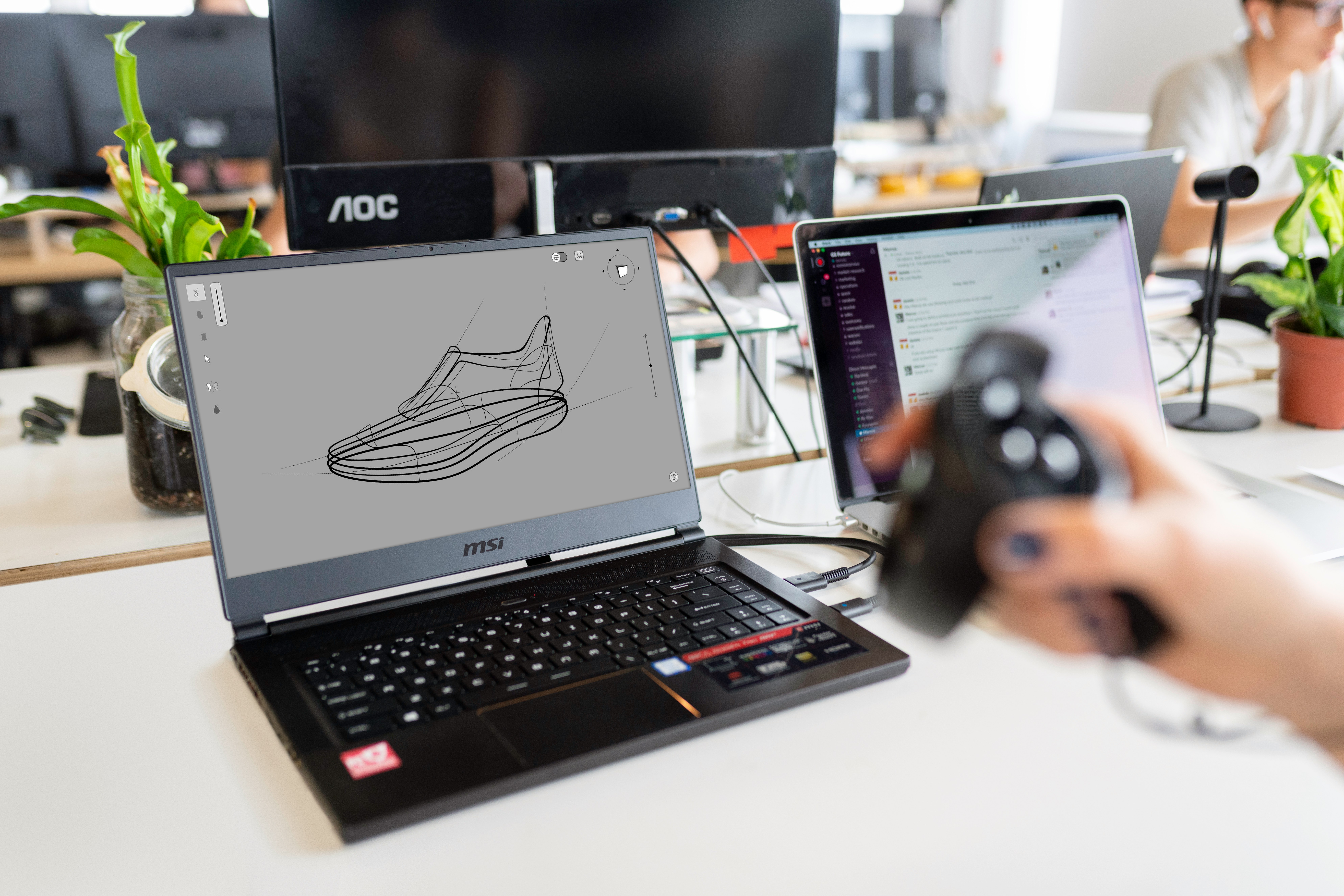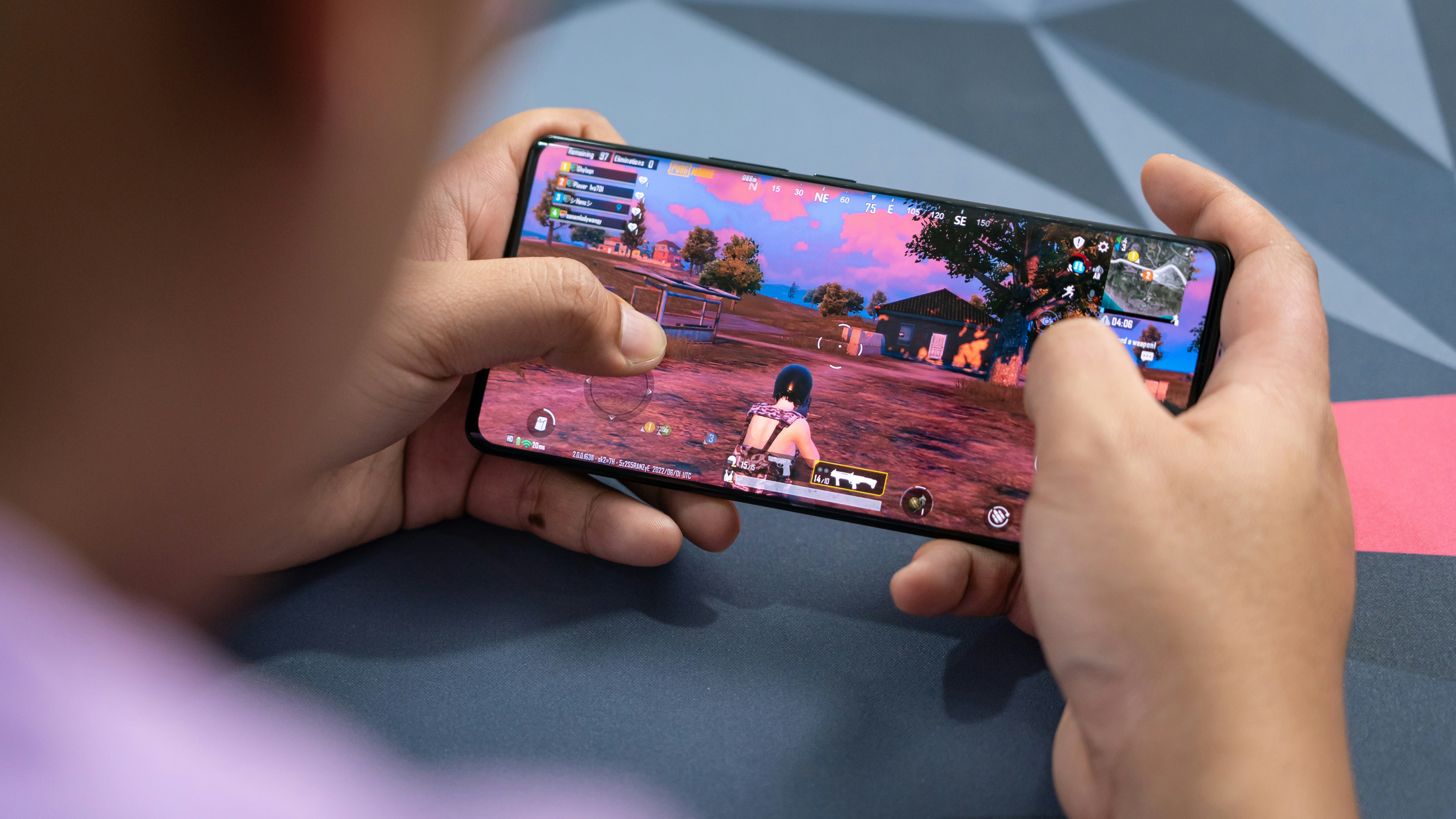Better Software
Video games, from being a strict domain for teenage boys to becoming professional gaming has shown a massive surge in the number of revenue as well as players in the last decade.
Effects of Micropayments in Gaming World
Video games have become a revolution these days. Not only they are winning over their customers, but also they have made micropayments a trend to follow. Most popular games have made their empire through micropayments. Micropayments are the present and future of video games.
WINNER WINNER CHICKEN DINNER!
Most of us have heard this phrase from our friends, neighbors, or our own kids and it shows how far video games have come in the mainstream.
Newzoo, a leading market intelligence partner with a specialism in games reported that half of the UK population actively engaged in playing different video games. Similarly, according to the Entertainment Software Association (ESA), half of active video gaming players in the USA are the female players (mostly mobile gaming) with an age range of 24 to 36 years. In the past few years, the surge of mobile users and ease access of the internet has helped gaming companies to launch their products for mobile platform and target the players who couldn’t afford expensive gaming consoles or high-end gaming Pcs.
PUBG mobile continues to storm all the gaming charts, reported $1.3B revenue in 2019 alone as players pay a smaller fee — micropayment to buy gaming passes, customize their characters, gun skins, and others. Other popular games like Fortnite ($300M in one month), Dota2 have shown a huge surge in the number of players and reported multi-billion dollar revenues in the shorter time frame because of microtransactions or micropayments.
From time to time, the success of the gaming industry has given innovative models to other industries. Gamification: A model to convert the progress in point-scoring and competition was a perfect gift to digital marketing for evaluating the product engagement matrix.
Could micropayment be the next success model for us? Let’s see!
Economical Transformation Through Micropayments.
In the early 80s and 90s, the dominant model of earning for video game publisher was the sale of the full game means players were obliged to pay in order to play the game (play to pay concept). But since the birth of the internet, video companies have adopted a new approach to “Free to Play” with a catch to sell in-game upgrades into several smaller transactions. For example, a puzzle game like has free 100 levels to play, and after that players have a choice to buy another pack of 100 levels by paying a smaller fee — micropayment.
The adoption of micropayments in gaming has provided an opportunity for game publishers to connect with their players on a deeper emotional level, freedom to improve each user’s gaming experience:
In-Game Personaization
One of the widely accepted models in mobile gaming which allows individual players to enhance their gaming experience by customizing the game. Players have full freedom to play free of cost with the default models without any personalization or they could pay a small fee for each up-gradation they want, for example, pay $1 for buying a gun skin in PUBG mobile.
The leaders in the race like PUBG and Fortnite have reported more than $100 Million of revenue alone one month just by selling in-game personalized items.
Appreciation and Support
The gaming industry is not limited to only playing the games. Emerging platforms like Twitch owned by Amazon facilities players to broadcast their games with their fans. According to a recent analysis, Twitch has more than 3.3M active broadcaster each month and more than 46M minutes of broadcasting each month.
Twitch allows its users to add the fund in their account and cheers their favorite players or broadcaster by exchanging small money. Their appreciation? A ‘live shout out’ from the players, not dissimilar to the early days of radio when a nod from your favorite radio jockey would cheer your morning.
Social Transformation
Generally, when we talk about social impact, the first thing comes in mind is the subculture of the passionate gamer and the gaming community. This culture has existed since the beginning with its own language of codes and gaming ethics. Since the arrival of multiplayer in video gaming, it has become more open as via internet player connect with other similar interest players.
Maintaining an in-game reputation, staying on the top chart of the game has become essential components. Paying smaller fees for in-game upgrading allows the non-frequent players to level up with their counterparts on skill levels or skipping unnecessary levels which might be boring sometime.
A widely popular game — FIFA has adopted a new feature to allow its players to pay and buy packages which let players open higher-skilled models without spending too much time in the game and compete with their friends and other players.
Conclusion
The gaming industry has successfully proved that connecting with the audience on a deeper level and enhancing their experience could be the game-changer. People are comfortable paying their money for digital goods but it works best when it is on their terms, through regular small payments or micropayments where users can see the direct value and do not feel they have fully committed to a product.
It will be interesting to see how other businesses adopt new revenue models using micropayments.
“What’s the biggest thing you’re struggling with right now that we as a technology consulting company can help you with? Feel free to reach out to us at info@bettrsw.com. We hope our assistance will help!
Next project



